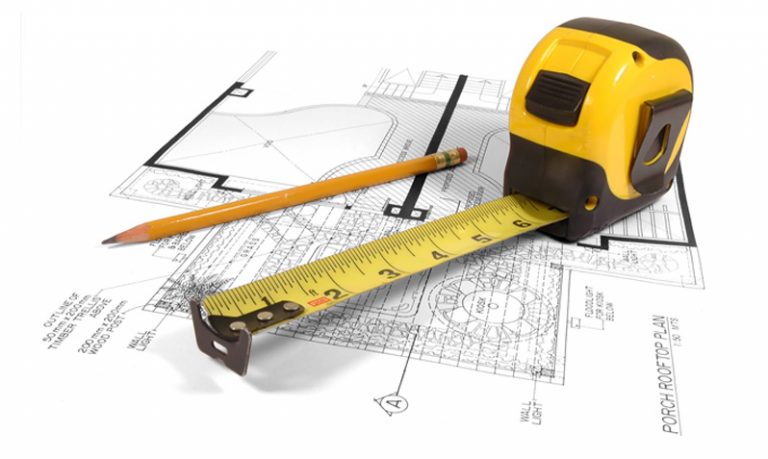How do you measure the size of a plot of land in Nigeria? How many plots make an acre? How many square meters make a plot? And how many plots make one hectare?
If you’ve ever thought about buying land in Nigeria, you must have asked yourself these questions. You might have heard the units in which land is measured, like plots, acres, and hectares, but still find yourself confused. This blog post aims to clear up that confusion and provide detailed information on land measurements in Nigeria.
🚨 December Exclusive Deals Are Here! 🚨
Hurry, limited slots available! Packages are selling out fast!
Book your staycation today and save BIG on our top packages.
Bronze Package (3 days) Limited Slots
4 Bedroom Shortlet🏠 Location: Lekki, Victoria Island, Ikoyi

Enjoy a weekend getaway with Silent Disco, BBQ Night, and Free Breakfast.
Only $2,500 $3,000
Silver Package (5 days) Limited Slots
Luxury 4 Bedroom Shortlet🏠 Location: Lekki, Victoria Island, Ikoyi

Includes chef dining, Silent Disco, BBQ Night, and premium concierge services.
Only $4,250 $5,000
Gold Package (7 days) Limited Slots
Exclusive 4 Bedroom Shortlet 🏠 Location: Lekki, Victoria Island, Ikoyi

Luxury at its finest with chef dining, Sip & Paint, Silent Disco, and VIP bookings.
Only $5,700 $6,000

In Nigeria, land measurement standards vary between the imperial system (feet and acres) and the metric system (meters and hectares). This choice of measurement units is influenced by various factors, including environmental conditions and human preferences. Understanding these terms is crucial for making informed decisions and securing properties at favorable prices.
In urban centers like Abuja and Lagos, official land documents often state measurements in square meters (sqm). However, sellers and real estate agents frequently use other terms such as plots, acres, hectares, and square feet in their discussions. These units of measurement can be converted between each other, facilitating clear communication and negotiation in property transactions.
Krent is a real estate platform in Nigeria. Whether you're looking to buy, rent, or short let a house, apartment, land, or commercial space, check out our listings. You can also request specific properties.
What is a Plot of Land?
In Nigeria, a plot of land is a designated area typically used for construction or farming purposes. The size of a plot can vary based on location, but it generally adheres to specific dimensions for residential or commercial development.
Traditionally, in Nigeria, a standard plot of land is often described in imperial units, particularly feet. A common dimension for a plot suitable for building a house is 100 feet by 50 feet.

While the standard dimensions provide a guideline, actual plot sizes can vary due to various factors including urban planning regulations, regional customs, and historical practices. Some plots may be larger or smaller depending on specific circumstances and local zoning laws.
Practical Use of Plots
Residential Development: Plots of land in urban areas are commonly used for residential purposes. The size of a plot determines the type and size of the building that can be constructed on it.
Commercial and Agricultural Use: In addition to residential use, plots are also utilized for commercial ventures and agriculture, each with its own specific requirements and regulations.
How Many Square Meters Make a Plot?
The size of a plot in square meters can vary, but in urban areas in Nigeria, it typically ranges from 450 sqm to 600 sqm.
Thus, for a plot of land in Nigeria with dimensions of 100 feet by 50 feet, the area in square meters is approximately 464.4 square meters. This standard size is commonly used for residential development, providing adequate space for building a house and a modest compound.
Acre of Land
An acre is a widely recognized unit of measurement for land, frequently used by sellers and buyers alike in Nigeria. It provides a standardized way to quantify large tracts of land for various purposes, including agricultural, residential, and commercial uses.
Dimensions and Area
Imperial Measurements: An acre is equivalent to 43,560 square feet, which is approximately the size of a standard football field. In terms of dimensions, one acre can be formed by a rectangular plot measuring 208.71 feet by 208.71 feet.
Metric Equivalent: In metric terms, an acre equals 4,046.86 square meters. This measurement is crucial for international and scientific applications.

It is equally important to determine how many plots make up an acre. An acre can be subdivided into smaller plots.
In Nigeria, it’s common to divide an acre into 6 plots, each measuring 60 feet by 120 feet. These dimensions accommodate various types of development, including residential buildings and small-scale agricultural plots.
Hectares of Land (ha)
A hectare is one of the least understood units in the metric system, yet it plays a crucial role in land measurement, especially in larger real estate transactions and agricultural projects. Understanding what a hectare represents can help clarify its use and significance in Nigeria’s real estate market.
Dimensions and Area
- Metric Measurements: A hectare measures 100 meters by 100 meters.
- Imperial Measurements: This is equivalent to 328 feet by 328 feet.
- Total Area: One hectare covers a total area of 10,000 square meters.
A hectare is roughly equivalent to 2.5 acres of land.This means that one hectare can be broken down into smaller plots, providing a useful comparison for land buyers and sellers.
How Many Plots Make Up one Hectare?
In practical terms, a hectare can be divided into approximately 15 plots of land.
FAQs
1. How do you measure the size of a plot of land?
The size of a plot can be measured using a variety of different units such as acres, hectares, square feet or square metres.
2. How many plots of land make an acre?
In Nigeria, six plots of land make an acre.
3. How big is a standard plot of land in Nigeria?
In Nigeria, a standard plot of land is often described in imperial units, particularly feet. A common dimension for a plot suitable for building a house is 100 feet by 50 feet.
Conclusion
Understanding the different units of land measurement and their conversions is essential for anyone involved in buying, selling, or developing land in Nigeria.
Whether you’re navigating urban regulations or considering agricultural investments, knowing the sizes of plots, acres, and hectares will empower you to make informed decisions. Always consider consulting with professionals, such as surveyors, for accurate measurements and compliance with legal requirements.